Centrifuge tube is one of the most important accessories in the centrifuge, it is mainly used to carry experimental samples. When using centrifuge, the first thing we need to use is the rotor which is equipped with centrifuge tubes with the sample, so the centrifuge must be used to use the centrifuge.
Material
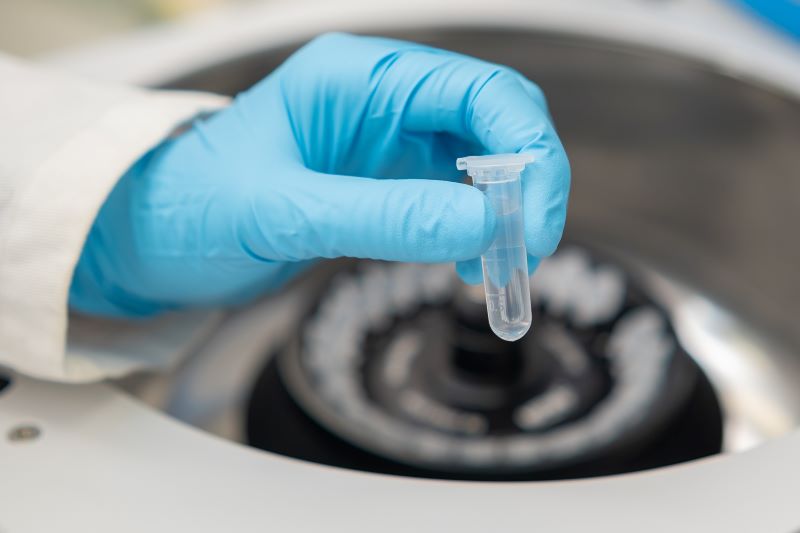
Centrifuge tubes are made of plastic, glass and stainless steel. Plastic centrifuge tubes are usually PP, PA, PC, PE, etc., which are transparent or opaque. The most commonly used are plastic centrifuge tubes which are disposable consumables and are not recommended for reuse.
PP: Translucent material, mostly used in high-speed centrifuges, has a good resistance to many acids, alkalis and alcohols.
PC: Transparent and hard, but not resistant to other organic solvents such as alkali and alcohol, and is not suggest for autoclavation.
PA: Translucent material, resistant to some acids, alkalis and organic solvents, and can be sterilized by high pressure at 121°C.
PE: Opaque, relatively stable, does not react to acetone, acetic acid, hydrochloric acid, etc., but it is easy to soften at high temperatures.
Stainless steel centrifuge tube has high strength with no deformation which can resist freezing, heat, chemical corrosion, but still needs to prevent contact with strong corrosive chemicals, such as strong acid, strong alkali and other chemical reagents. Meanwhile, it has a high cost and large weight.
Volume
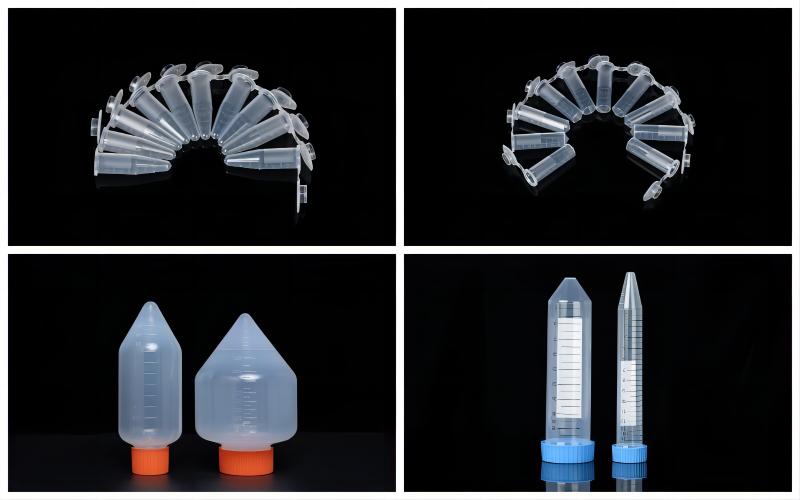
Volume of centrifuge tube is mainly divided into: 1.5mL, 2mL, 5mL, 10mL, 15mL, 50mL, etc., sample volume of different centrifuge rotors is also different. We can match the centrifuge tube with the appropriate volume according to the rotor.
Commonly used centrifuge tubes with caps can prevent sample leakage. During experiment, liquid in the tube should not exceed 2/3 of the centrifuge tube, and be sure to check whether the cap is tight screwed.
Bottom
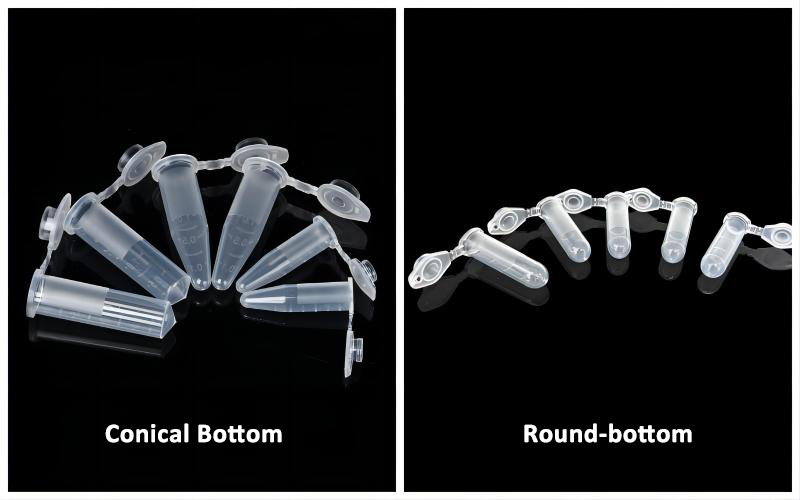
Round-bottom centrifuge tubes are generally used in high-speed centrifugation experiments. Round bottom design can ensure that the tube body is evenly stressed during centrifugation and large bottom can withstand larger centrifugation. If density gradient collection is required, the round-bottom centrifuge tube is preferred.
Conical bottom centrifuge tube is generally used for low-speed centrifugation experiments. Especially when the horizontal centrifugation is carried out, it is easier to make sediment in the conical bottom. However, it cannot be used for high-speed centrifugation experiments, and conical design is more likely to produce stress to make tubes crack.
Cap
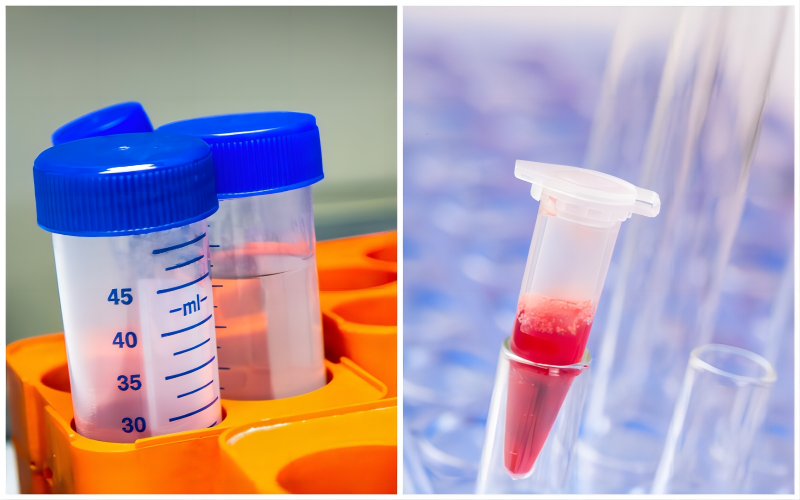
Cap and tube body ofcentrifuge tube are designed to be integrated and can be sealed with one hand, which is commonly seen in microcentrifuge tubes.
The cap of the screw cap centrifuge tube is separate, and there is usually a rubber ring in the cap for better sealing. It also prevents sample evaporation and leakage.
Centrifugation Performance
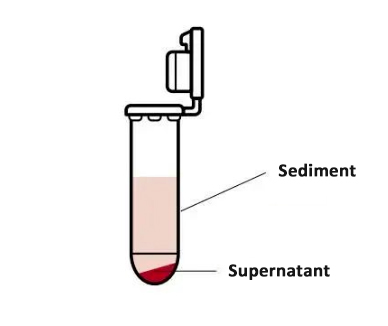
To choose right tubes needs to consider relative maximum centrifuge to make sure it is adapted to all experiment requirements.
Welso provides different types of centrifuge and accessories. If you have any question, feel free to contact us.

Follow official account